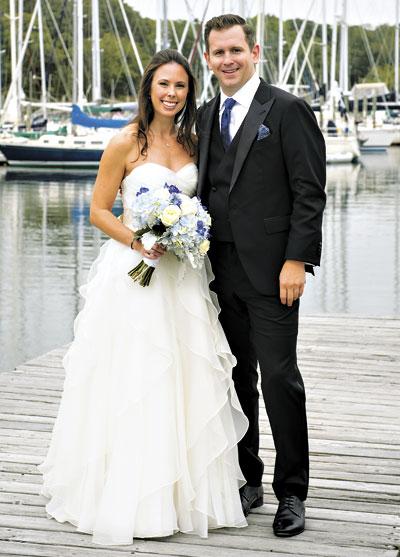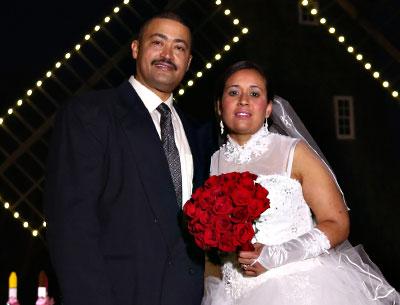Museums Make Progess
Museums Make Progess

After some prompting from members of the Montauk Historical Society, the East Hampton Town Board has agreed to hire Robert Hefner, a historic consultant, and Drew Bennett, an engineer, to work with the society and define a restoration plan for the hamlet’s Second House Museum. East Hampton Town Supervisor Larry Cantwell made the announcement on Monday.
The building, which is owned by the town and managed by the historical society, has been closed to the public for the last two years. Prior to that tours were available. The tours became especially popular after Victoria magazine used the site for a photo layout and redecorated it, using ivy-covered textiles and fresh coats of white paint. Although pretty, the decor was not historically accurate.
A renewed interest in preserving the building gained traction last winter when the Save Second House Committee was formed to help the town raise money for repair. The building sits at the entrance to Montauk, on the northwest corner of Second House Road.
In summer, roses of several varieties tumble over the wood shingles and an arbor. An heirloom garden is maintained in the backyard. Hydrangea bushes flower bountifully on the entire property. The site hosts many outdoor activities, including craft fairs, movie nights, and, in fall, an archaeology festival.
Greg Donohue of the Montauk Lighthouse Committee, another arm of the Montauk Historical Society, has been working with the Save Second House Committee and went before the town board in December to ask for a structural report on the building. He said prior work there had been shabbily done. Shingles are missing from the roof and some parts of the structure have been boarded up, he said.
Mr. Donohue said this week that not only did a raccoon gain entry to the museum last winter, it looked as if it had stayed there a while. He said the building and its grounds should be brought back to the level of years ago. “Bringing in Robert is the significant way to go,” he said.
At the back of the property another museum, which will honor the hamlet’s earliest Native American settlers, is close to ready. Lawrence Cook, a Montauk resident and collector of early American artifacts, has been working toward that goal.
According to Honora Herlihy of the Save Second House Committee, fund-raisers held last summer for that project were well received and will continue through this year. “We look forward in the near future of having two aesthetically and properly functioning museums on the same premises for a great tour,” she said in an email. “This community has waited long enough for its only historical district to function properly.”




